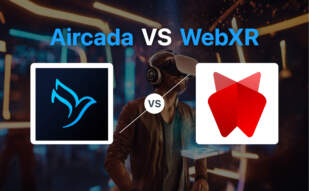Choose WebXR for more advanced, browser-based AR/VR experiences. It’s future-proof, supports major browsers, offers vast resources, and functions well with various devices. WebVR, while useful for simple VR applications, offers limited support and lacks standardization.
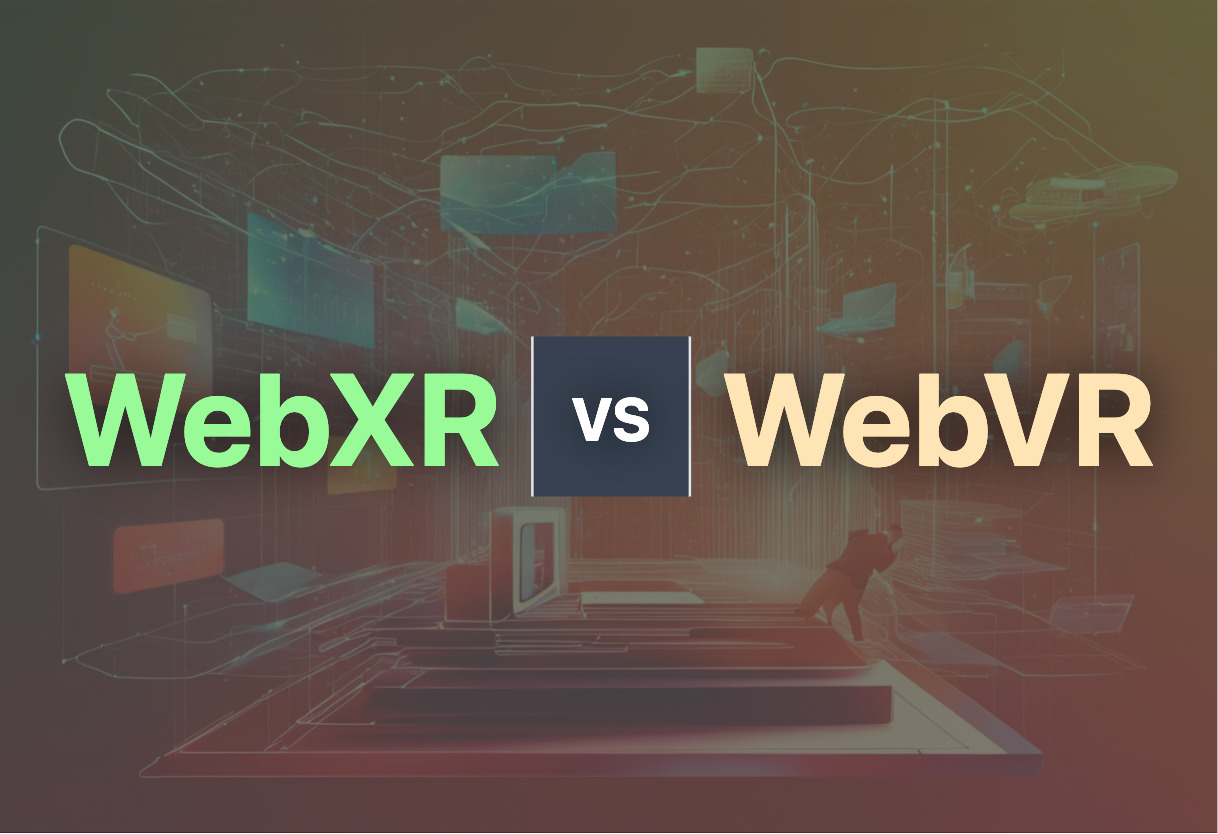
Key Differences Between WebXR and WebVR
- Support: WebXR supported by major browsers; WebVR limited to experimental builds.
- Standardization: WebXR defined by W3C groups; WebVR never ratified as a standard.
- Functionality: WebXR supports both AR and VR, along with controller inputs; WebVR principally supports VR with limited device inputs.
- Future-Proofing: WebXR offers future-proofed design, adaptable to new AR/VR devices; WebVR lacks this adaptability.
| Factors | WebXR | WebVR |
|---|---|---|
| Primary Use | Creates VR and AR experiences in web for various applications – interactive art, immersive entertainment, model visualization | Develops primarily VR experiences in web, widely used in gaming industry |
| API Design | WebXR Device API offers capabilities: detecting VR/AR devices, translating movement vectors, rendering 3D scenes | WebVR JavaScript API captures VR device info: position, orientation, velocity, acceleration |
| Device Compatibility | Supports HTC Vive, Oculus Rift, Google Cardboard, and more with API. Automatic device support for browsers that provide it | Supports Oculus Rift, HTC Vive, Gear VR, Google Cardboard with varying degrees of browser compatibility |
| Browser Compatibility | Supported in Edge, Chrome 79+, Opera 66+, Opera Mobile 64+, Samsung Internet 12+, Oculus Browser | Support from major browsers still experimental; most limited to nightly or experimental builds |
| Scalability | Offers networked experience, tools like Unity and Blender support web exporting. “Write once, run in any VR headset” | WebVR Concepts promote “write once, run in any VR headset” |
What Is WebXR and Who’s It For?
Revolutionizing the realm of immersive AR/VR experiences, WebXR is the apex of AR and VR evolution unified to create dazzling 3D artifacts, VR utilities, and more. Relying on immediate data processing, immaculate precision, and low latency, WebXR fosters an illusion of reality by minimizing web disruptions to less than 20ms. The technology is perfectly geared towards AR/VR developers, digital artists, immersive content creators, and firms seeking to offer engaging interactive experiences to the masses.

Pros of WebXR
- A future-facing technology providing browser-based cross-platform apps
- Unifies AR/VR realities for comprehensive content creation
- Allows for swift content alteration and deployment
- Automatically supports all new devices with a browser
Cons of WebXR
- Requires developer intervention to manage 3D data and its display
- Traditional communication methods like Web Sockets can’t keep up with speed demands
- Any performance hiccup can disrupt the user experience
What Is WebVR and Who’s It For?
An earlier precursor to WebXR, WebVR is a JavaScript API that enables the creation of VR experiences on the web. Majorly incorporated within gaming, this technology captures critical VR device details like position, orientation, velocity, and acceleration. WebVR is ideally suited for budding AR/VR developers, gaming enthusiasts, and organizations willing to pilot their VR journey without investing in high-end devices.
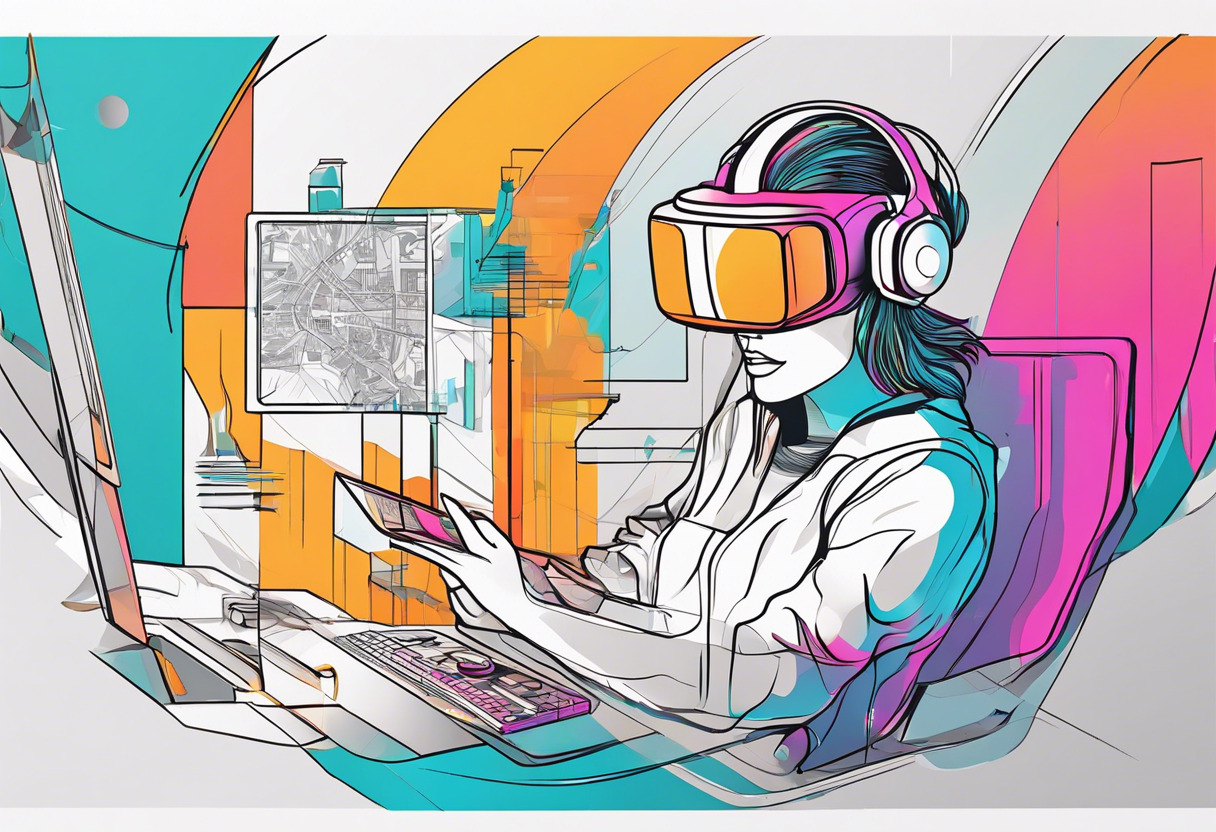
Pros of WebVR
- Facilitates \”write once, run in any VR headset\” scalability
- Enabled VR experiences with simpler, widely available devices
- Support from major browsers, albeit experimental
Cons of WebVR
- Never accepted as a standard protocol, support limited to few browsers
- Superseded by WebXR, leaving WebVR outdated
- Inherent limitations in supported devices
WebXR vs WebVR: Pricing
As Web APIs, both WebXR and WebVR are free, with costs associated primarily with creating, hosting, and maintaining the actual applications.
WebXR
WebXR is a free to use Web API that caters for VR and AR devices,including HTC Vive, Oculus Rift, Google Cardboard, and more. Implementation and user experience quality depend on browser support, which currently sees Chrome and Firefox taking the lead. Resources needed for the creation and maintenance of WebXR applications, such as Sumerian Express, LearnBrite, or Immersive Web, may be subject to their own pricing models.
WebVR
WebVR is also a publicly available Web API and doesn’t bear direct costs. However, its use and performance are limited to a few browsers and mainly targets gaming applications. As with WebXR, the cost of resources used for development and hosting of content might differ, depending on the specific platform, such as Google Daydream or Oculus Quest.
Code Examples for WebXR & WebVR
WebXR – Animated Object Interaction
This interactive JavaScript code snippet for WebXR demonstrates how to animate an object upon user interaction. It utilizes Three.js and requires the WebXR Device API.
// Load basic setup
let scene, camera, renderer, cube;
function init() {
scene = new THREE.Scene();
camera = new THREE.PerspectiveCamera(75,window.innerWidth/window.innerHeight,0.1,1000);
renderer = new THREE.WebGLRenderer({antialias: true});
renderer.setSize(window.innerWidth, window.innerHeight);
// Create cube geometry
let geometry = new THREE.BoxGeometry(1, 1, 1);
let material = new THREE.MeshBasicMaterial({color: 0x00ff00});
cube = new THREE.Mesh(geometry, material);
scene.add(cube);
camera.position.z = 5;
}
// User Interaction
const controller = renderer.xr.getController(0);
controller.addEventListener('selectstart', onControllerInteractionStart);
controller.addEventListener('selectend', onControllerInteractionEnd);
function onControllerInteractionStart(){
cube.material.color.set(0xff0000);
}
function onControllerInteractionEnd(){
cube.material.color.set(0x00ff00);
}
// Animate
function animate() {
requestAnimationFrame(animate);
renderer.render(scene, camera);
}
init();
animate();WebVR – Virtual Environment Scene
This example showcases a basic scene creation in WebVR using A-frame. Here, we are creating a 360° panoramic view with various entities.
<a-scene>
<a-sky color="#ECECEC"></a-sky>
<a-entity position="0 0 3.8">
<a-camera></a-camera>
</a-entity>
// 360° panorama
<a-sky src="path-to-image.jpg"></a-sky>
<!-- Adding Entities -->
<a-box position="-1 0.5 -3" rotation="0 45 45" color="#4CC3D9"></a-box>
<a-sphere position="1 1.25 -5" radius="1.25" color="#EF2D5E"></a-sphere>
<a-cylinder position="1 0.75 -3" radius="0.5" height="1.5" color="#FFC65D"></a-cylinder>
<a-plane position="0 0 -4" rotation="-90 0 0" width="4" height="4" color="#7BC8A4"></a-plane>
</a-scene>The Final Verdict: WebXR vs WebVR
Choosing between the technologically advanced WebXR and the essential WebVR? It largely revolves around your specific needs, audience segment, and development expertise. Let’s uncover the details.
Game Makers
For game creators seeking total immersion and future-proofing capabilities, WebXR surpasses WebVR owing to its AR support, integrated VR controller support and better major browser compatibility. Its synergy with popular toolkits, such as Three.js, makes it a force in game creation.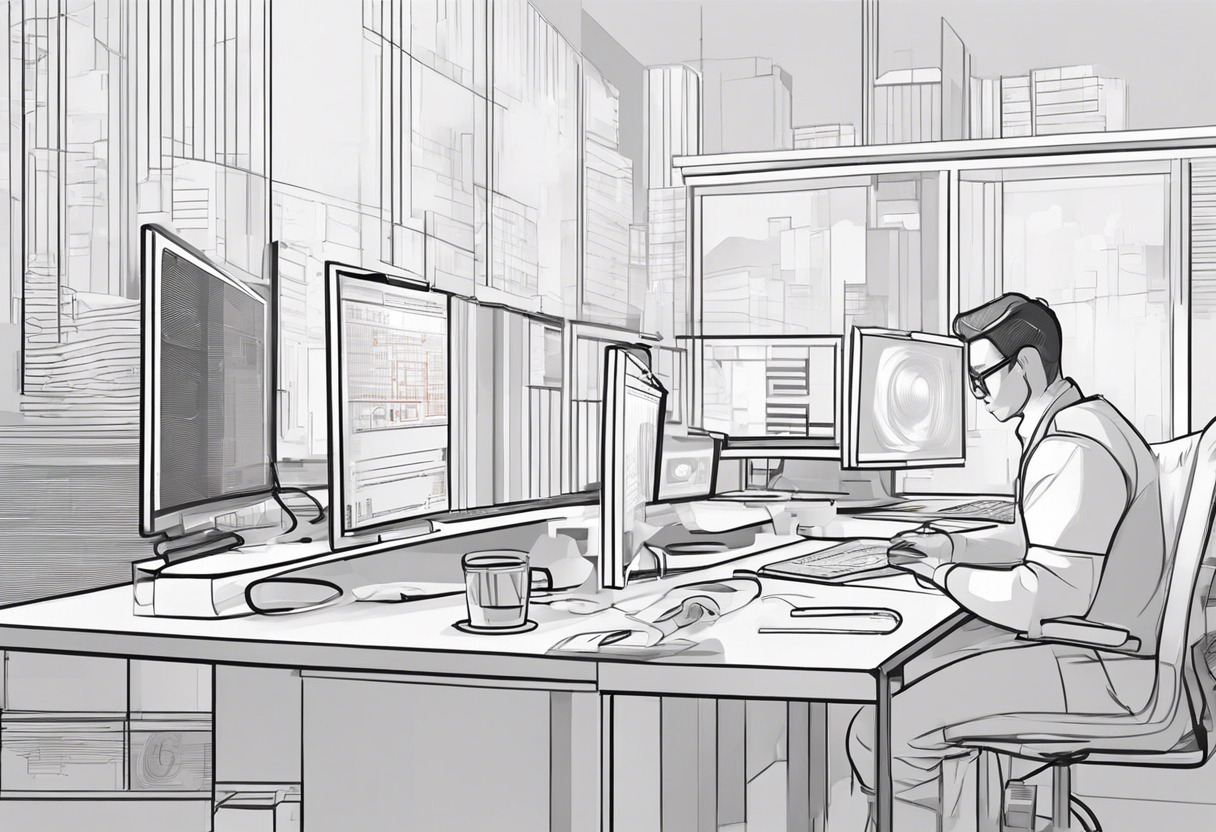
AR/VR Developers
Developers fascinated by AR/VR, WebXR presents unbeatable benefits. One API for VR and AR, toughened security, lower latency, rapid deployment, and high precision. Furthermore, it’s adaptive to emerging VR and AR devices. Where WebVR hit the mark, WebXR takes the bullseye. 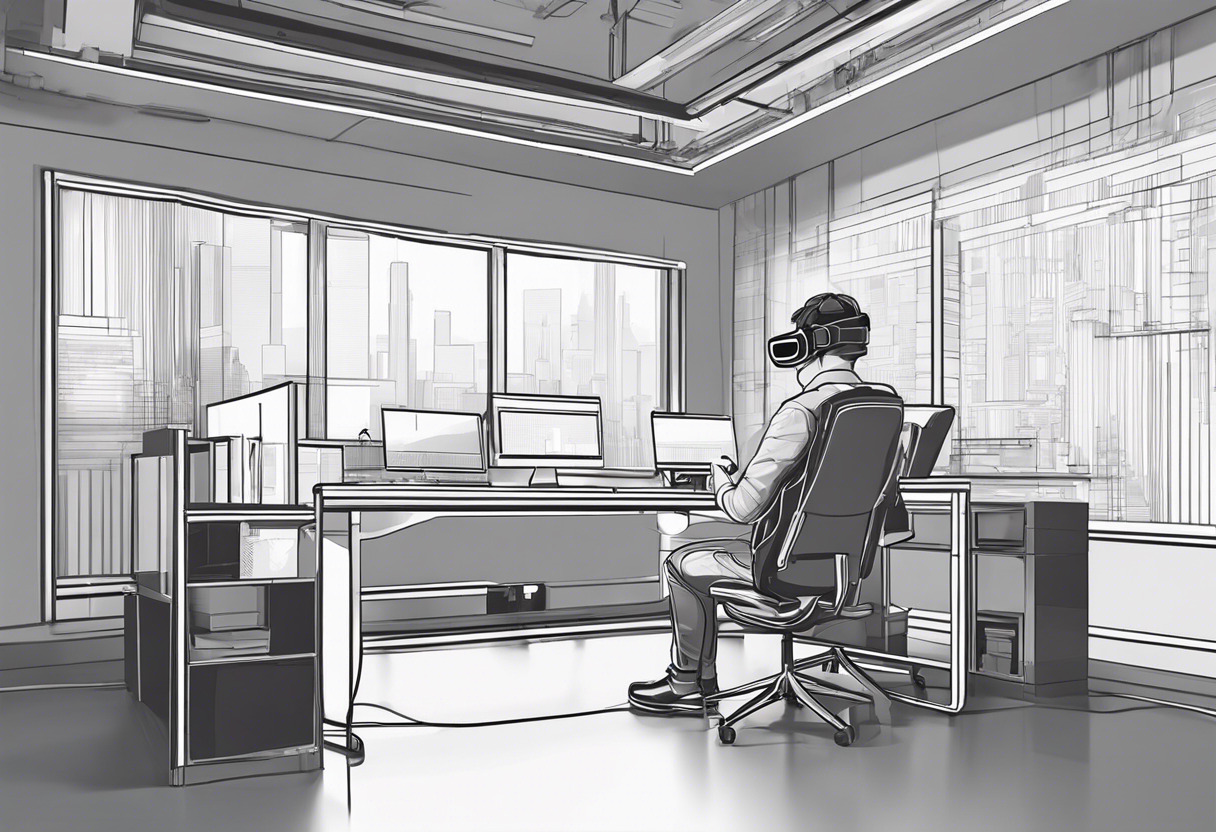
Tech Enthusiasts
For tech enthusiasts geared towards superior user-centric experiences, WebVR comes handy with its intuitive interface. WebVR established the framework for VR experiences, especially with applications such as WebVR Virtual Tour. It’s a tech lover’s delight.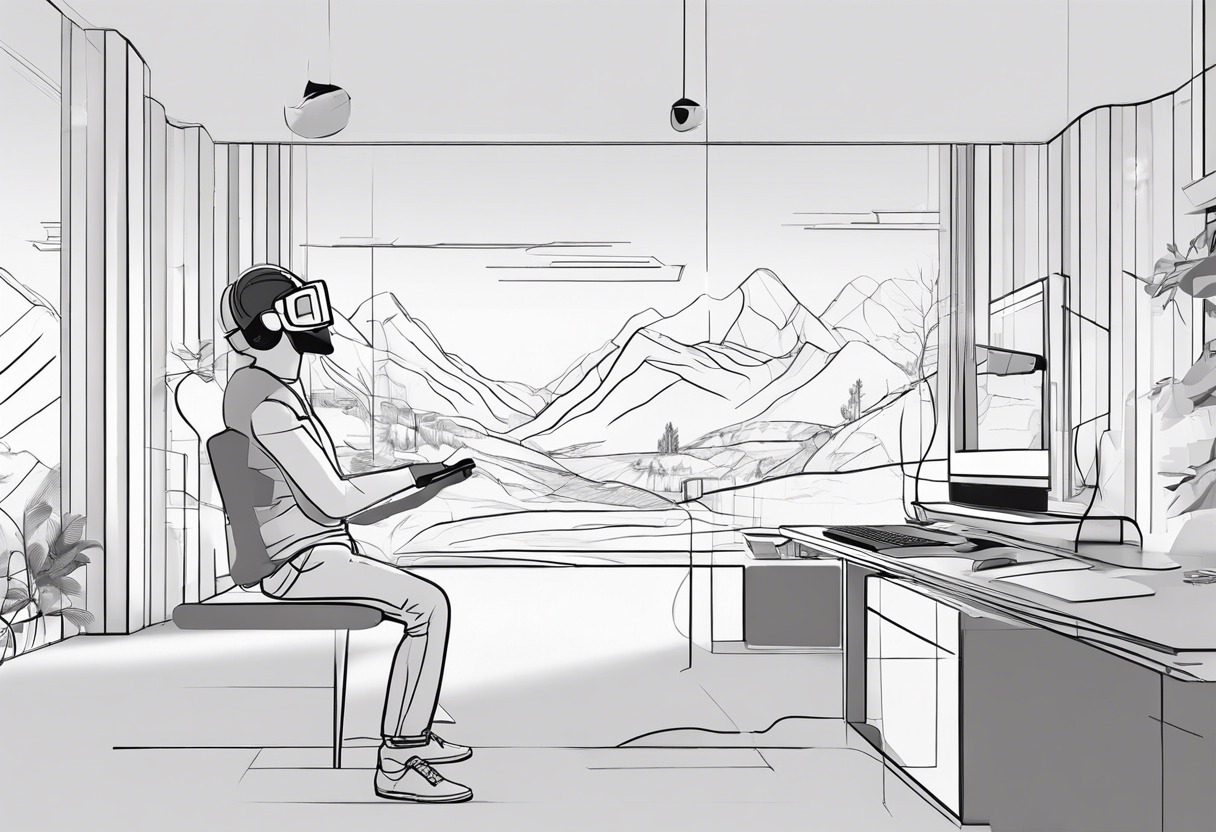
To conclude: WebVR laid the brickwork for VR on the web, but WebXR is the cement that binds both VR and AR together for a comprehensive, future-proof technology solution. This game-changer outclasses its predecessor with polished functionality, flexibility, and vast device compatibility.
Patrick Daugherty
Content writer @ Aircada. Merging AR expertise with a love for late-night gaming sessions.



